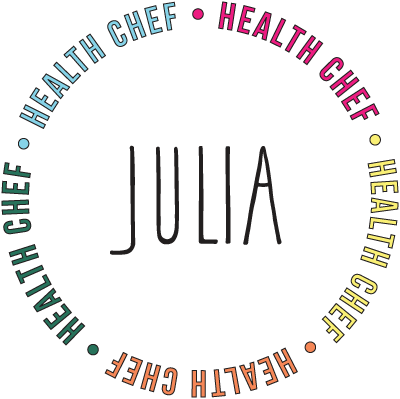Don’t Jump Into a Recipe Before Knowing These Cooking Terms
Imagine this: you’re all set to explore your culinary skills in the kitchen. You even remember all the tips you learned in the last episode of MasterChef. But just when you open a recipe, you encounter a weird word. Not thinking much about it, you continue when you come across another cooking term that you don’t understand.
Ugh, the frustration!
You see, before you proceed with delicious beginner recipes, or following YouTube tutorials, you’ll have to learn some basic cooking terms to make the job at hand easier.
Let me tell you understanding cooking terminology will help you execute every step with way more confidence, and cook dishes that are flavorsome and well-presented.
Basic Cooking Terms for Every Beginner Cook
Al Dente
If you plan on making a fancy pasta, you need to know about the equally fancy sounding Al Dente (pronounced: AL dan-TAY), which is Italian for “to the tooth.“ It describes the process of cooking pasta until it offers little resistance, but it doesn’t mean your pasta should be a soft, soggy mess. Emphasis on the word “little.”
Baste/Basting
Remember seeing chefs on TV consistently pour or brush fatty cooking liquid from their cooking tray over the meat? Well, that’s basting. This keeps your meat super moist instead of drying out in the oven.
Blanch
Despite being a fairly common term, not many people are aware of what blanching exactly entails. It’s a whole process, really.
Let’s take tomatoes, for example. When you blanch tomatoes, you’ll remove the skin, cook them very briefly, and then transfer them into boiling water for about a minute. You can blanch vegetables and fruits too!
Score
Scoring comes before the cooking process. In this case, you cut narrow gashes into the meat chunks. Take it from me: scoring can not only cook your meat more evenly, but it’ll also enhance the amazing flavor of the marinade right into the meat.
Blind Bake
Most of the pies and tarts recipes will have the term blind baking, which is a cooking technique where you cook the crust or pie before adding any filling.
Why do you ask? Just to make sure it isn’t soggy or crumbly.
You start by lining the crust with aluminum foil, follow it by filling the crust with raw beans, and then place it into the oven. It’s so easy, yet so very effective!
Julienne
Julienne is just a fancy way of chopping vegetables where you cut long, fine, even strips. So when you want to set a fancy date night or wow your guests, try a julienne of vegetables
Roux
Don’t you just hate it when you mistakenly add too much water to your gravy, and it ends up rivaling the great Mississippi river? Roux can come to your rescue here.
Your Superman in disguise, roux is a mixture of butter and flour over a medium flame that can instantly thicken soups and gravies – or anything that’s too watery.
Sauté
Sauté is the process of cooking food briefly over high heat. You sauté chopped bacon; you sauté onions; you sauté vegetables. Get the drift?
Bard
When you wrap a piece of lean meat with fat – more commonly bacon – to retain moisture and prevent it from drying out, it’s called a bard.
Braise
When you combine dry cooking techniques with moist cooking techniques, you’re basically braising. You start with dry cooking to brown the meat and then follow it with moist cooking by finishing the process in liquid.
Sear and Char
I decided to combine sear and char as a cooking term since both are often confused to be the same.
You see, sear involves cooking ingredients over very high heat briefly until it becomes fully browned. But char, on the other hand, is way more intense since you almost burn the food.
Dash, Pinch, Smidgen
Often recipes use these three terms as forms of measurement, which is why you need to be aware of exactly how much you should put.
A dash is nearly 1/8 teaspoon; a pinch is 1/16 teaspoon. A smidgen is nearly inconsequential – approximately 1/32 teaspoon – so you only need to use a tiny bit.
Smoke Point
Did you know that cooking fat or oil has a smoke point? The point at which the oil degrades and starts to smoke? You need to stop cooking at this point if you want to keep your food tasty and Instagram-perfect.
Summing Up about Cooking Terms
Hopefully, this article should help you unravel any confusion related to cooking terms. According to me, knowing these terms can help you absolutely nail any and every recipe be it vegetarian, non-vegetarian, or vegan.



